I’m going to start this post off by quoting myself. In the introductory editorial of the third Journal of Wildlife Rehabilitation issue of 2012 I ask rehabilitators to consider the following questions “What is our place in the larger conservation community? How can we effect change for individuals and species? How can we share our experiences with our colleagues?” These are big picture questions, too large to be answered with a single cup of coffee, especially when gulped down during a two minute break! But that doesn’t mean we should dismiss the questions. We answer them by being, by doing, and by teaching.
IWRC keeps a list of current research projects that wildlife rehabilitators can get involved in. The current projects are up on our research resources page. The raccoon polyomavirus study came from a rehabilitator asking a veterinary researcher to look at an odd raccoon. Now UC Davis has launched a full scale study and is looking for specific raccoon tumor samples. Meanwhile another researcher is looking at tick hosts across Canada to find out how animal range extension is affecting the movement and occurrence of tick species.
You don’t need to be a researcher at a major university to create a study. Partner, learn, be brave, and jump in. Ann Goody, a wildlife rehabilitator in Hawai’i is no stranger to research projects. She works with interns on a research question almost every year. Ann took some time to speak with me about her current project:
I am seeking information on if any of the people using educational birds display them in mixed species habitats and if so with what other types of species. We found over many years that captive raptors really do very well with tortoises and or pheasants on the floor of their aviaries. We plant them in natural foliage and this seems to really be stimulating & enriching for the birds. Our raptors (endangered Hawaiian hawk) have successfully bred and reared a chick which was parent reared and returned to the wild. My thought is that the stimulation seems to cause less of the behaviors associated with stress and allows for a better educational experience for the visitor. Our facility is visited only on docent guided tours.
The idea for these blended species exhibits this originally came from my work on enrichment projects for our exotic species. One of our BOD (who just passed away) Dr Hal Markowitz, was the grandfather of behavioral enrichment. Papa Hal always complained about the furnishings of the typical raptor exhibits and said that in the wild this bird would be non-stop focused on surroundings and other creatures. That led me to work out a healthcare protocol with our avian vet (another BOD member)which allowed us to pair reptiles who move around the aviaries with the raptors. This led to adding pheasants as well which, in our minds, is like raptor TV. Just thinking like they do and knowing that the natural soaring overhead provides hours of stimulation does make you sympathetic to the edu birds whose entire world consists of a mews. So many of these species are endangered or threatened and are seen at our facilities on static display by visitors. To provide a more natural habitat with plantings is one thing we always should aim for but to also add movement of creatures on the ground, that is a whole new level of stimulation.


So you see, each research project begins with a simple question. Whether the study is to improve the welfare of animals in captivity, to understand disease vectors, or to explore the success (or failure) of a rehabilitation technique, the pursuit of knowledge is always useful. “Without wildlife rehabilitators working with scientists and sharing this important information, our observations and the impact of animals admitted to wildlife centers will not have a broader impact on conservation activities.” (Journal of Wildlife Rehabilitation 32:1)

Leave a Reply
You must be logged in to post a comment.